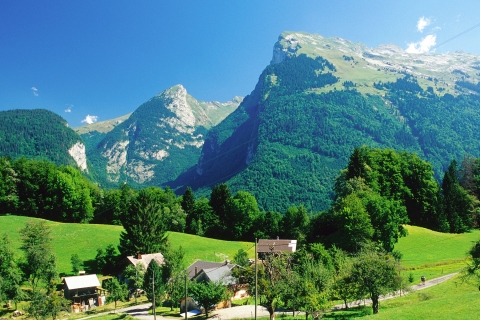Val Thorens Rainfall & Precipitation: Monthly Averages and Year-Round Insights
This page shows the average amount of rainfall per month in Val Thorens. The numbers are calculated over a 30-year period to provide a reliable average. Now, let’s break down all the details for a clearer picture.
Val Thorens experiences significant rain/snowfall throughout the year, averaging 1396 mm of precipitation annually.
Monthly Precipitation Levels
The average number of days each month with precipitation (> 0.2 mm)
December, the wettest month, has a maximum daytime temperature of -2°C. The city receives 60 hours of sunshine in this period. During the driest month August you can expect a temperature of 18°C. For more detailed insights into the city’s temperatures, visit our Val Thorens Temperature page.
Annual Precipitation in France
The map below shows the annual precipitation across France. You can also select the different months in case you are interested in a specific month.
 heavy rainfall
heavy rainfall
 high
high
 moderate
moderate
 low
low
 almost none
almost none
Amsterdam Precipitation Compared World Wide
Val Thorens’s average annual precipitation is 1396 mm. Let’s compare this to some popular worldwide tourist destinations:Athens, Greece, receives an average annual precipitation of 400 mm, making it one of the drier Mediterranean climates with rainfall mostly in winter.
In Seoul, South Korea, the average annual precipitation is 1237 mm, with most rain falling during the summer monsoon season.
Perth, Australia, receives 565 mm of rainfall annually, mostly during the winter months.
Kuala Lumpur, Malaysia, receives 2529 mm of annual rainfall, characteristic of its equatorial tropical rainforest climate, with consistent rainfall throughout the year and peak months during March and November.
How is Precipitation Measured?
Precipitation amounts are measured using specific gauges installed at weather stations, collecting both rain and snow and any other type of precipitation. Rainfall is measured directly in millimeters, while that from snow and ice is obtained by melting it. Automated systems often incorporate heaters to make this easier.
Information from these stations is transmitted via Wi-Fi, satellite, GPS, or telephone connections to central monitoring networks. This information is immediately updated and integrated into weather models and forecasts.
Global Warming and Precipitation
Climate change is affecting precipitation patterns worldwide, including Val Thorens:
- Changing Rainfall Patterns: Global warming causes drastic changes in the patterns of rainfall. Some areas have been experiencing increased frequency and intensity of rainfall, while other areas experience longer dry spells or even droughts.
- Local Impacts: Many regions are experiencing heavier rainfall in the winter months and drier, hotter summers. This affects agriculture, water resources, and ecosystems.
For more detailed information about Val Thorens’s weather, including sunshine hours, humidity levels, and temperature data, visit our Val Thorens Climate page.
Current rainfall in Val Thorens
broken clouds and chance of slight snow
almost clear and no rain
clear and no rain




